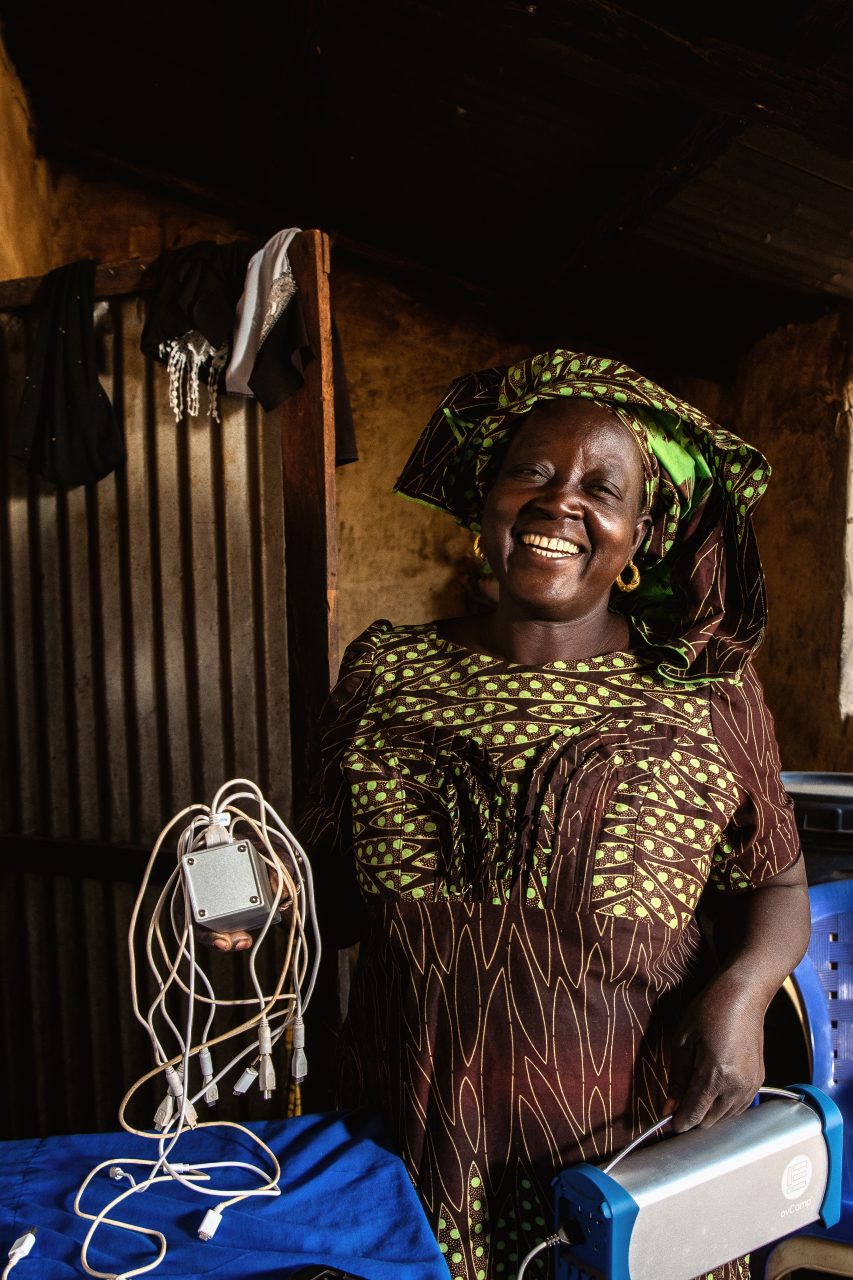John Heller, CEO at Little Sun
I have always been slightly uncomfortable with the term empowerment. Development organizations always seem to be empowering somebody about something. “We empower women to take control of their lives.” “We empower children to become active learners.” The sentiment is no doubt noble and good, but I sometimes struggle to figure out how it actually works.
How does a person empower another person? I can easily imagine empowering someone in a legal sense, for instance getting elected to a government post or taking a job that involves the right to make certain decisions. But empowerment in the sense used in development often feels a little fuzzy to me, occasionally bordering on condescending. It conjures the image of a development worker standing over some anonymous beneficiary conferring power onto them. And in this imagined scenario, the development worker never gives anything up, never lets go of their own privilege, as they “empower” someone less fortunate than themselves.
Now to confuse you completely, I am proud to report that Little Sun, the organization I lead, works exclusively on empowerment. We’re not, however, working with the sort of empowerment that’s difficult to get your mind around, but empowerment of an entirely different stripe. I’m talking about electricity. The invisible power that makes things move. The energy that lights your home, runs your dishwasher, and charges your phone. We quite literally empower people by making energy accessible to communities living beyond the reach of the electricity grid. And not just any energy but one that is clean, abundant, and affordable.

I have worked in international development for thirty years and before I came to Little Sun, I didn’t pay any attention to energy as an issue at all. I’ve worked on water, public health, nutrition, agriculture, and other social issues and I was somehow blind to the fundamental importance of energy to everything else. Maybe that’s because energy is invisible. We all know what it feels like to be hungry or thirsty and we can relate immediately to someone who needs food or water. But energy is not tangible in the same way, making it less relatable. Maybe we’ve experienced a blackout after a storm but the power always comes back on at some point, easily forgotten in its invisible magic essentiality.
The reality is that about a billion people globally live without access to electricity, mostly in Sub-Saharan Africa. Lack of energy traps countries in poverty and under-development. Without energy, economies do not grow. Students don’t reach their full potential if they can’t access something as simple as light to study with at night. Farmers can’t easily irrigate fields or process crops without a source of energy to make mechanize labor. Doctors and nurses cannot perform basic medical tests or properly treat patients without energy for equipment.

Most of the world is approaching what’s known as grid parity, the point at which alternative energy sources, such as solar and wind cost the same or less than traditionally generated power. The price of solar has come down so dramatically in recent years that it is becoming possible for countries to simply leapfrog the phase of energy generated by huge fossil fuel-burning utilities to an era of distributed clean energy. Distributed clean energy is generated where it is consumed, using power from the sun, the wind, or other non-polluting energy resources.
What’s compelling about distributed clean energy is that it’s small, beautifully bottom up, and amazingly adaptable to the needs of communities. It can be as small as a hand-held solar lamp that enables a child to do their homework or to feel safer at night. It can be as simple as a few solar panels that power a small irrigation system, run a machine that mills crops after they are harvested, or provide energy for a remote health clinic. It can take the form of a community energy hub that lights up homes, refrigerates produce so it doesn’t spoil, and enables entrepreneurs to launch and grow businesses. And, all of this can happen without the need to burn fossil fuels, without pollution, and at a very low cost.

Beyond the simple way that life improves when someone has access to power, there’s something even more important in making clean renewable energy available to energy-impoverished rural communities. When energy is clean and distributed, individuals, families, and communities can own their source of power, which enhances local self-sufficiency, independence, and resiliency.
And this reminds me of an old Zen quote: “Before enlightenment; chop wood, carry water. After enlightenment; chop wood, carry water.” I think something almost the same could be said about the kind of empowerment that Little Sun enables:
“Before empowerment, chop wood, carry water. After empowerment, chop wood with a power saw, carry water with an electric pump.”


